- 15 Dec 2017 09:30
#14871139
I'll start this off by showing what architecture used to look like:
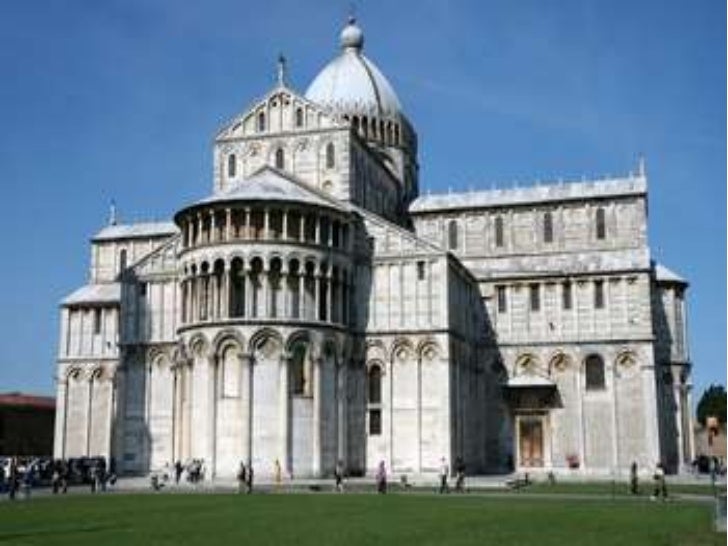
This is Romanesque architecture from the early medieval era.

This is Gothic architecture, from the late medieval era.

This is Baroque architecture, from the Renaissance.
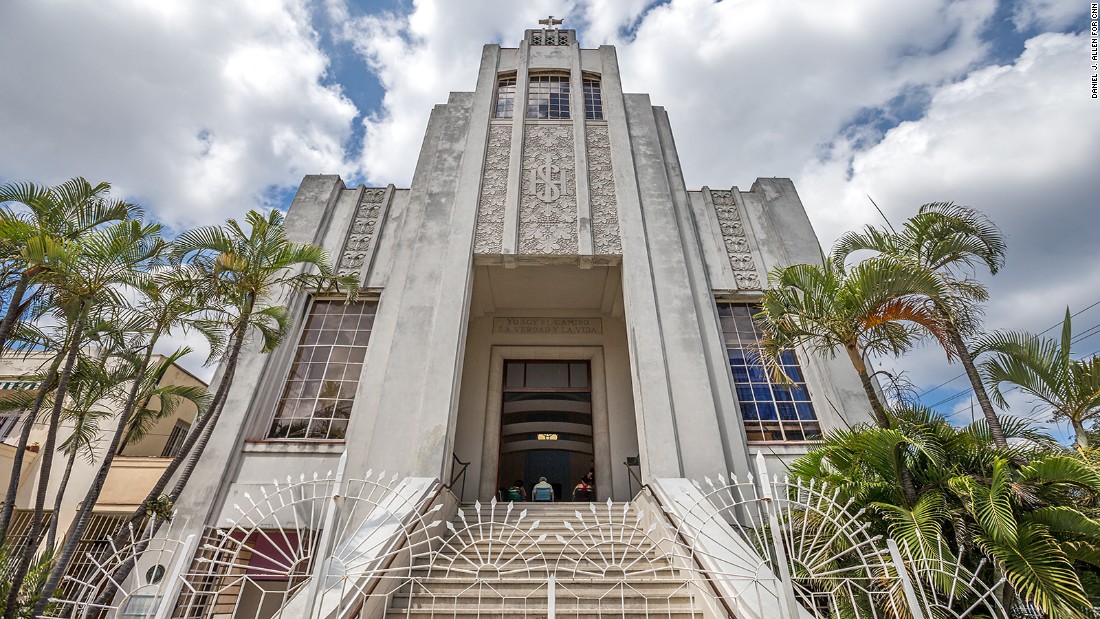
This is Art Deco from the early 20th century, perhaps the last great movement in architecture.
Now let's look at some more contemporary architectural styles:

This style is known as "Brutalism."

This style is known as "Blobitecture."

This style is known as "Deconstructivist" architecture.
What happened?
The architectural styles of old followed sets of principles involving symmetry, proportion, and ornamentation. Each had its own features and sets of standards, even ideological foundations. Baroque, for instance, was a rather intentional movement by the Catholic church as part of the Counter-Reformation, seeking to create an art form that was accessible to the masses while speaking to the splendor and glory of the God and His church. Yet while each style had its own conventions, they shared an appreciation for certain aesthetic principles. At the very least, they shared the principle that architecture should be beautiful.
Yet that appreciation for beauty has been stripped away in modern architecture. Just as modernity has come to cast doubt on be suspicious of any sort of objective morality, all the more so does it sneer at the idea of beauty. It's far too subjective, culturally constructed, ethnocentric, not to mention bourgeois. Surely it's just in the eye of the beholder. Aren't we just favoring Western standards of beauty anyway? Well, here are some architectural marvels from around the world. Let's see if they count as beautiful to our culturally constructed Western eye:

A mosque in Iran

Forbidden City, China

A Japanese Shinto temple

An Ethiopian Orthodox church

An Indian temple complex
Surely we can see many different architectural conventions in these different buildings, but we can see some similarities as well, which are not shared by much of contemporary architecture, including appreciation for complex symmetry, ornamentation, and proportion. Yet the modern ethos demanded a thorough rejection of these classical aesthetics. The American architect Louis Sullivan coined the phrase "form follows function." Though Sullivan himself designed some rather beautiful buildings full of ornament, subsequent architects took his words as a battle cry against ornamentation, especially after Alfred Loos' essay "Ornament and Crime," which declared that a lack of ornament was a "sign of spiritual strength." Architects began to streamline their designs into simple, uninteresting blocks serving a purely utilitarian function. When postmodern architects rebelled against the confines of modernism, they did not seek to revive what was beautiful in previous forms of architecture, but instead began morphing buildings into bizarre and distorted shapes. They certainly weren't about to acknowledge any validity to classical aesthetics.
Modern architects will defend their work by saying that it is "honest." The world is a cruel, unforgiving place, and their architecture is simply reflecting that. It's not even an insult to call their buildings "ugly," because "ugly" has no meaning anymore. They are simply bringing us the truth, warts and all. There is a deeply anti-democratic ethos among architects. They care little for what the unsophisticated masses might want in their public buildings. As architects, they should be the taste-makers, and other people should learn to appreciate their work. It's hardly a coincidence that Ayn Rand's The Fountainhead features as its hero an architect who blows up his own building to deny others the opportunity to change it. Certainly there's something to be said about the unsophistication of popular tastes: If we went purely by that, Thomas Kinkade would be the greatest painter ever. Yet popular taste and sophistication can coincide with one another, as for example in the works of Shakespeare. Or, for that matter, pre-modern architecture.
While there are many arguments to be made for modern art that may defy popular tastes, modern architecture is something we all have to live with, in ways that we don't when it comes to pieces in an art gallery. Aesthetics are a public good, and constant exposure to bad aesthetics is harmful to the psyche. The people deserve beauty, and the modern world has robbed them of that.
This is not to say that we should uncritically try to pull a bunch of elements from past architectural forms - that's how you end up with McMansions. But we should re-examine the architecture of the past to really try to appreciate what made it work, and then build upon that with our modern buildings. There is wisdom in classical aesthetics, and we need that in a world that has been so mechanized and drained of its soul.

This is Romanesque architecture from the early medieval era.

This is Gothic architecture, from the late medieval era.

This is Baroque architecture, from the Renaissance.

This is Art Deco from the early 20th century, perhaps the last great movement in architecture.
Now let's look at some more contemporary architectural styles:

This style is known as "Brutalism."

This style is known as "Blobitecture."

This style is known as "Deconstructivist" architecture.
What happened?
The architectural styles of old followed sets of principles involving symmetry, proportion, and ornamentation. Each had its own features and sets of standards, even ideological foundations. Baroque, for instance, was a rather intentional movement by the Catholic church as part of the Counter-Reformation, seeking to create an art form that was accessible to the masses while speaking to the splendor and glory of the God and His church. Yet while each style had its own conventions, they shared an appreciation for certain aesthetic principles. At the very least, they shared the principle that architecture should be beautiful.
Yet that appreciation for beauty has been stripped away in modern architecture. Just as modernity has come to cast doubt on be suspicious of any sort of objective morality, all the more so does it sneer at the idea of beauty. It's far too subjective, culturally constructed, ethnocentric, not to mention bourgeois. Surely it's just in the eye of the beholder. Aren't we just favoring Western standards of beauty anyway? Well, here are some architectural marvels from around the world. Let's see if they count as beautiful to our culturally constructed Western eye:

A mosque in Iran

Forbidden City, China

A Japanese Shinto temple

An Ethiopian Orthodox church

An Indian temple complex
Surely we can see many different architectural conventions in these different buildings, but we can see some similarities as well, which are not shared by much of contemporary architecture, including appreciation for complex symmetry, ornamentation, and proportion. Yet the modern ethos demanded a thorough rejection of these classical aesthetics. The American architect Louis Sullivan coined the phrase "form follows function." Though Sullivan himself designed some rather beautiful buildings full of ornament, subsequent architects took his words as a battle cry against ornamentation, especially after Alfred Loos' essay "Ornament and Crime," which declared that a lack of ornament was a "sign of spiritual strength." Architects began to streamline their designs into simple, uninteresting blocks serving a purely utilitarian function. When postmodern architects rebelled against the confines of modernism, they did not seek to revive what was beautiful in previous forms of architecture, but instead began morphing buildings into bizarre and distorted shapes. They certainly weren't about to acknowledge any validity to classical aesthetics.
Modern architects will defend their work by saying that it is "honest." The world is a cruel, unforgiving place, and their architecture is simply reflecting that. It's not even an insult to call their buildings "ugly," because "ugly" has no meaning anymore. They are simply bringing us the truth, warts and all. There is a deeply anti-democratic ethos among architects. They care little for what the unsophisticated masses might want in their public buildings. As architects, they should be the taste-makers, and other people should learn to appreciate their work. It's hardly a coincidence that Ayn Rand's The Fountainhead features as its hero an architect who blows up his own building to deny others the opportunity to change it. Certainly there's something to be said about the unsophistication of popular tastes: If we went purely by that, Thomas Kinkade would be the greatest painter ever. Yet popular taste and sophistication can coincide with one another, as for example in the works of Shakespeare. Or, for that matter, pre-modern architecture.
While there are many arguments to be made for modern art that may defy popular tastes, modern architecture is something we all have to live with, in ways that we don't when it comes to pieces in an art gallery. Aesthetics are a public good, and constant exposure to bad aesthetics is harmful to the psyche. The people deserve beauty, and the modern world has robbed them of that.
This is not to say that we should uncritically try to pull a bunch of elements from past architectural forms - that's how you end up with McMansions. But we should re-examine the architecture of the past to really try to appreciate what made it work, and then build upon that with our modern buildings. There is wisdom in classical aesthetics, and we need that in a world that has been so mechanized and drained of its soul.
[ Forum Rules ][ Newbie Guide ][ Mission Statement ][ FAQ ]














 Were you in the real Birmingham or Birmingham Alabama?
Were you in the real Birmingham or Birmingham Alabama?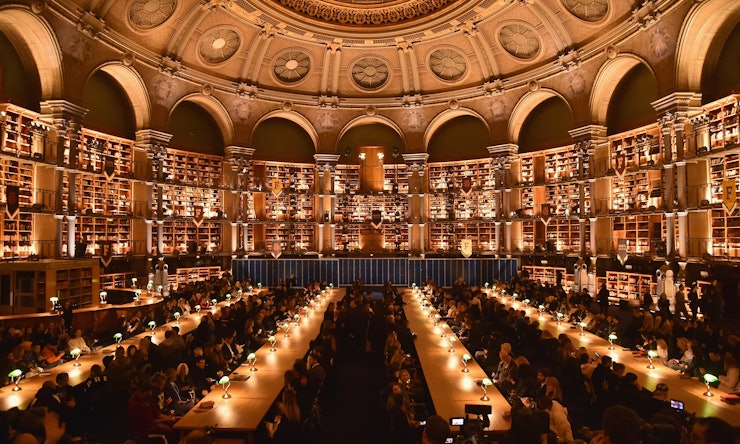










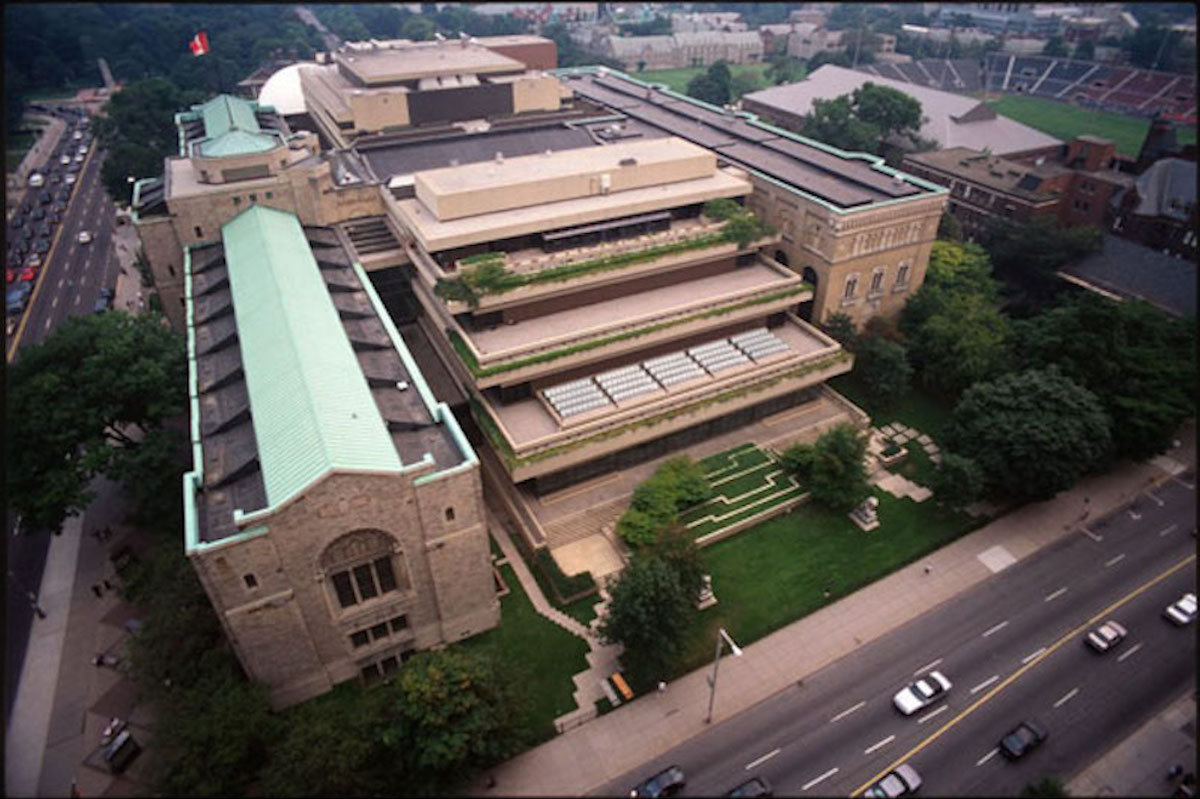
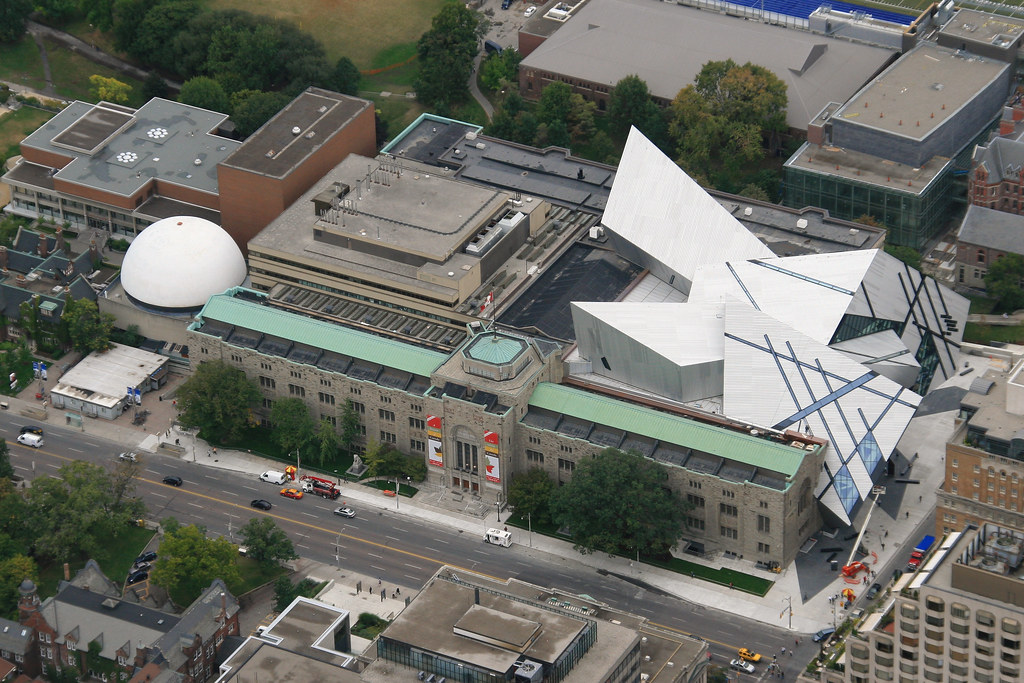




 - By Pants-of-dog
- By Pants-of-dog - By Rancid
- By Rancid